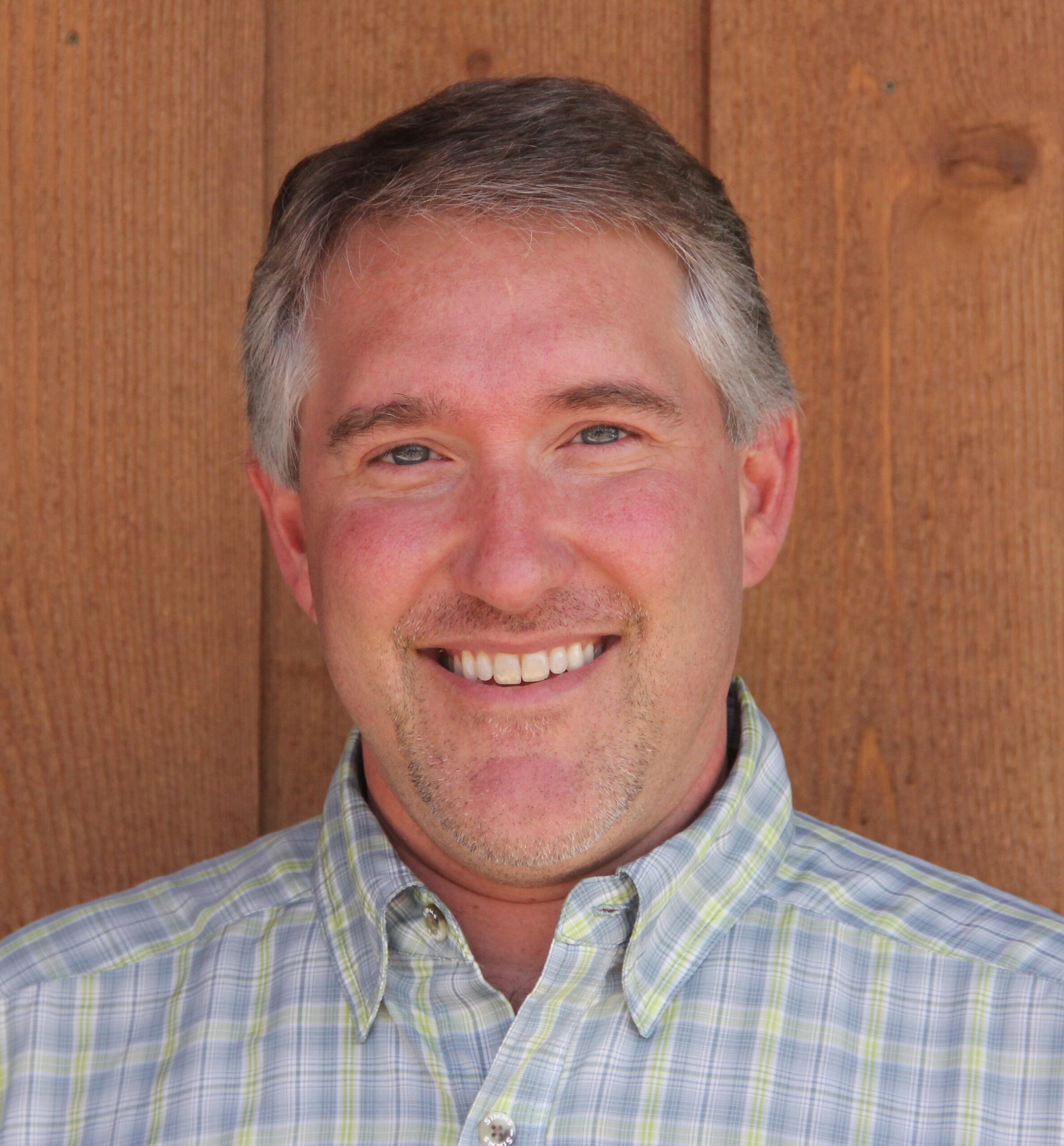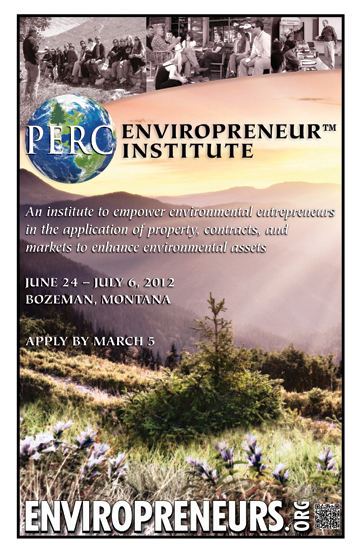PERC’s Board of Directors voted unanimously to select Brian Yablonski to be PERC’s new Executive Director, effective January 2018.
Author Archives: shawnregan
Will Pennsylvania’s trust approach to public lands reduce conflict?
In Pennsylvania, former enemies—loggers and green activists—could become partners in conservation.
The Energy Wealth of Indian Nations
Economic development could be realized in Indian Country if tribes and individual Indians had more secure property rights and greater ability to control their own natural resources.
The Adaptability of Property Rights
Yet the United States also has a record of making abrupt alterations to property rights (creating losers as well as winners) in the face of new technologies and/or the availability of new resources.
Does Burning Ivory Save Elephants?
This week marks the 62nd meeting of the Standing Committee of the Convention on International Trade in Endangered Species (CITES), taking place in Geneva, Switzerland. To coincide with this meeting, the World Wildlife Fund has released a “Wildlife Crime Scorecard” report which lists 23 countries in Asia and Africa that it claims could all do moreContinue reading “Does Burning Ivory Save Elephants?”
Planned Obsolescence: The Good and the Bad
Just like good and bad cholesterol, there is good and bad planned obsolescence – the business practice of consciously limiting a product’s lifespan. This may come as a surprise to many people, since planned obsolescence usually has a negative connotation. As with cholesterol, it’s important that we understand what planned obsolescence is, how it can be good and bad, and what we can do to fight the bad kind.
The good types of planned obsolescence are “value engineering” and “functional obsolescence.” Value engineering is a design process that seeks to use as little material as possible in a product while still delivering an acceptable lifespan. It also suggests that all the parts in a product should fail at about the same time, so that none are “overbuilt” relative to the rest. Functional obsolescence is when a genuinely superior product is introduced, making the old one comparatively less desirable.
The bad kind of planned obsolescence consists of the introduction of superfluous changes in a product that don’t improve utility or performance. This might best be described as “pseudo-functional obsolescence.”
Value engineering
Cell phones don’t last for 20 years. If they wanted to, cell phone manufacturers could make phones much more durable than they currently are. Is this bad planned obsolescence? No. This is value engineering.
The useful life of a cell phone is limited to only a few years due to the rapid rate of technological improvement in the field. This means that it’s wasteful to build a cell phone with a physical lifespan much longer than its useful life. It makes sense that cell phones are built out of inexpensive plastic parts; this ensures a more affordable product. If a cell phone were not value engineered – if it were made out of titanium, for example – it would last longer than anyone would want it to, would cost more, and would use up more resources.
Designing certain products to be less durable than they could be actually conserves resources and delivers a more affordable product to the consumer.
Functional obsolescence
Functional obsolescence occurs when an innovation is introduced into the marketplace, making an older product obsolete. A classic example is the automobile replacing the horse and buggy, or the transition from simple cell phones to more functional smartphones. Functional obsolescence creates waste, but the trade-off is that consumers get a superior product. In many cases functional obsolescence takes place because the new product requires less time and work, meaning an increase in the resource of human time.
What in the world is a ZEC?
Written by Dylan Brewer, PERC Summer Intern Québec’s zones d’exploitation contrôlée (ZECs) are one of the best kept secrets of conservation. Created in 1978 with the Ministère des Ressources naturelles et de la Faune’s (MRNF) launch of “Opération gestion faune,” ZECs are non-profit organizations in charge of managing wildlife resources. Each zone is headed byContinue reading “What in the world is a ZEC?”
The Lacey Act, Certification, and Gibson Guitar: Why Trade in Forest Products Protects Forests
by Todd Myers As a board member of Rainforest Alliance, Gibson Guitar CEO Henry Juszkiewicz didn’t expect to find himself accused of supporting illegal logging. A supporter of Forest Stewardship Council certification, Juszkiewicz is committed to doing what he believes is best for the environment and the world’s forests. “About 80 percent of our woodContinue reading “The Lacey Act, Certification, and Gibson Guitar: Why Trade in Forest Products Protects Forests”
What a difference a year makes
by Brett Howell As I sit here in Atlanta fully engaged in my Conservation Fellowship at Georgia Aquarium, I am constantly amazed at how much difference a year has made in my state-of-mind, life perspective, and daily activity. This time last year I had just submitted my application to the PERC’s Enviropreneur Institute, and IContinue reading “What a difference a year makes”
Should the Forest Service Promote Biomass Heating?
by Steve Bick James Kellogg calls on National Forests supply wood to replace fossil fuels for thermal energy and boost the use of biomass heating in Western states. In a recent article in the Glenwood Springs (CO) Post Independent, Kellog explains how National Forests hold the promise of green energy. We’ve seen how heating facilitiesContinue reading “Should the Forest Service Promote Biomass Heating?”






